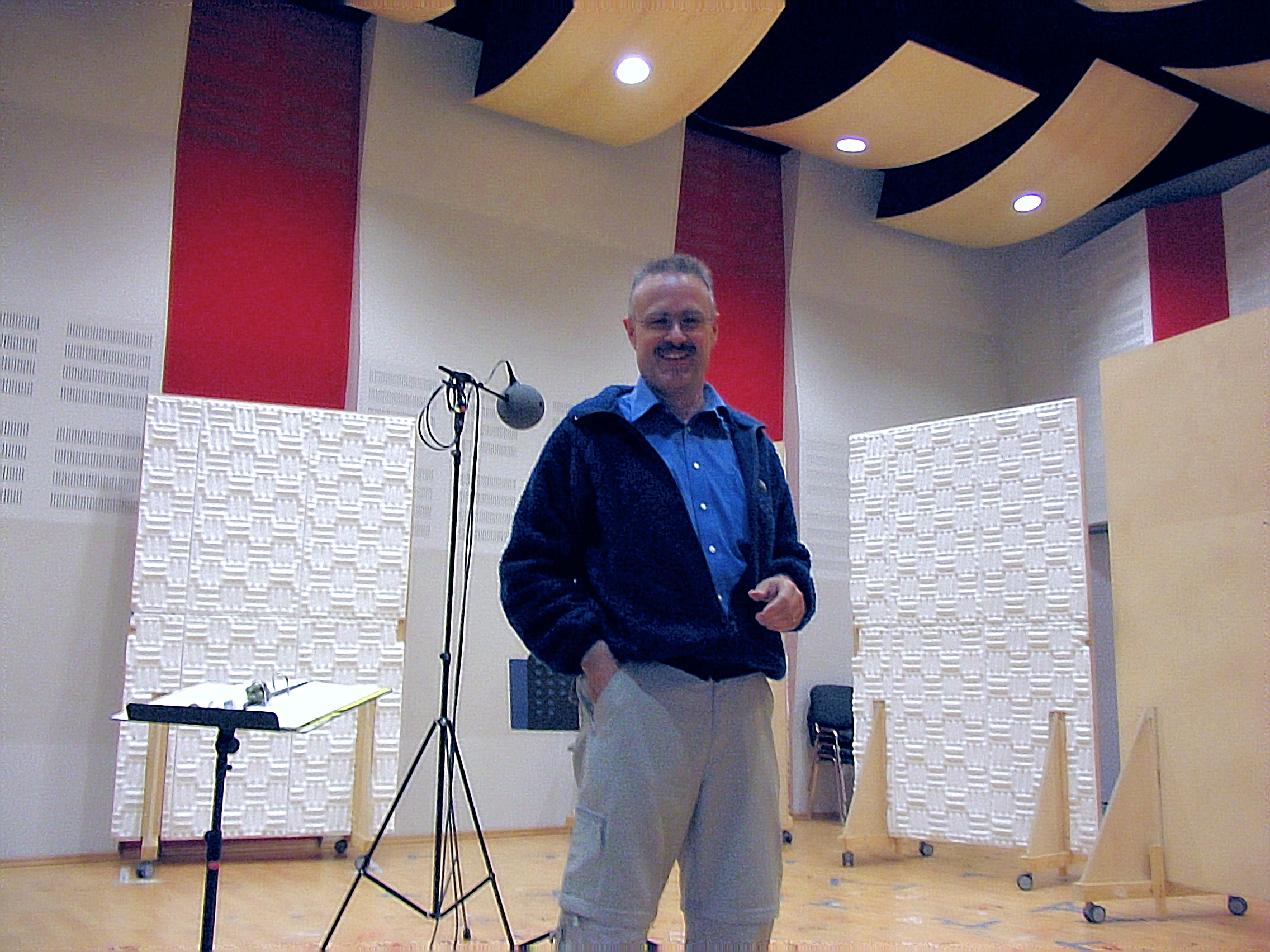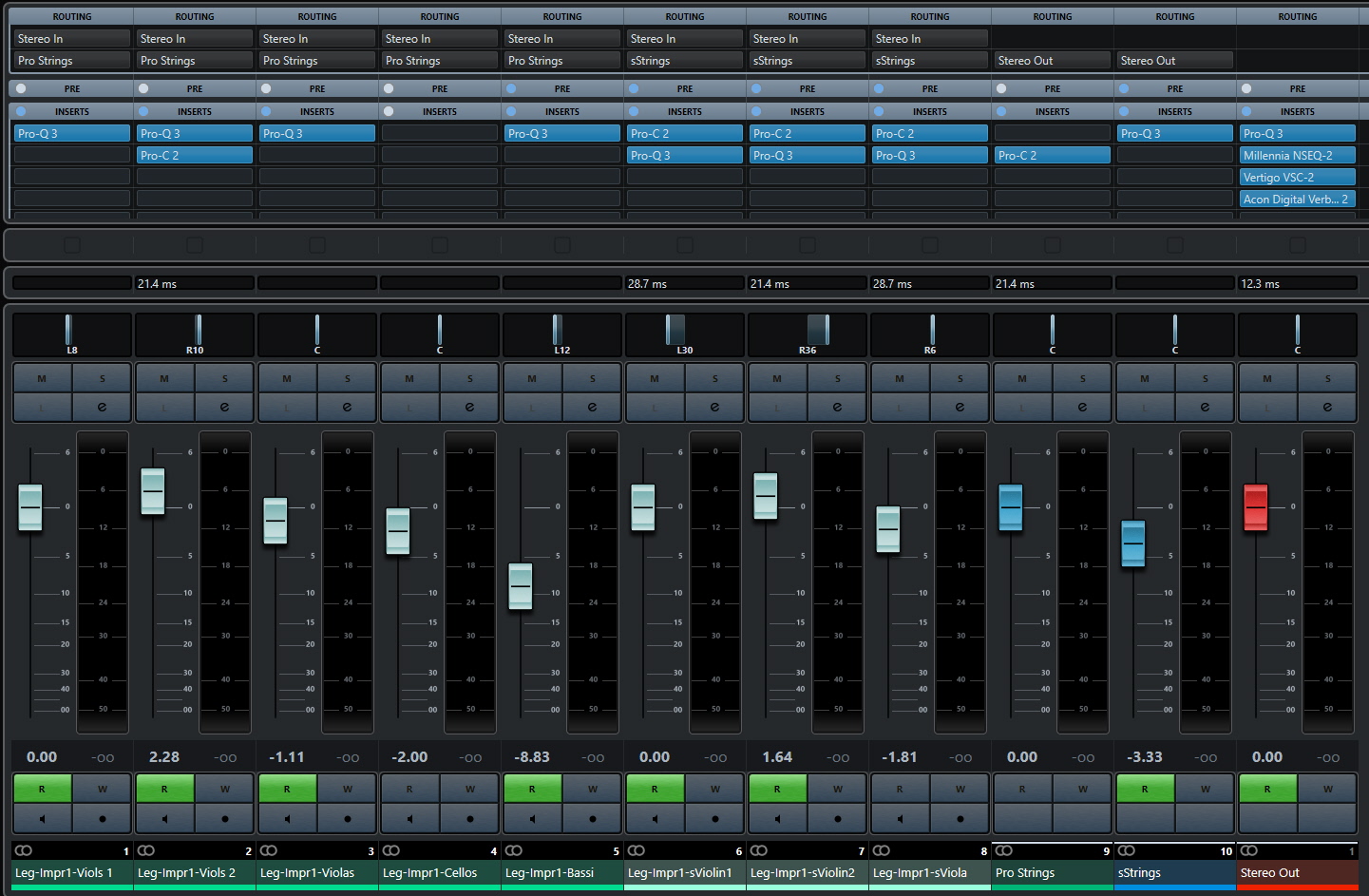@Pixelpoet1985 said:
Beat, thanks for all your lengthy and detailed answers. Very appreciated!
I also pre-ordered Synchron Strings and ... I'm still waiting for Bernd to answer some of my previous questions ... 😉...
I have no real answers to your questions. These must actually give VSL. But I have a few more thoughts and facts on the subjects if you're interested.
VSL sound development over the last 20 years
When VSL started, the credo was to produce samples that sound as natural (neutral) as possible. Furthermore, the samples should be as universal as possible. So they offered them as dry as possible. The difficulty at that time was to produce samples as neutral as possible, but still in a way that they didn't sound too dead. VSL achieved super high quality, whereas other libraries sometimes had individual sounds that contained errors. This was very annoying when the error was always heard at the G#...
Despite all the super sound of the VSL libraries, it was obvious that the neutrality was "interpreted" by some users as somewhat expressionless and that many of the users had trouble creating a concert atmosphere with the dry samples. I always used as much as possible different articulations and had never problems with "an expressionless sound". But it is understandable that a composer would actually want to simply combine his piece with samples and then it should sound like a real orchestra.
So VSL came up with the brilliant idea of MIR - a processor that takes care of the mix with the right acoustics, just by placing the instruments on a virtual stage. VSL wanted to do it quite well (as always) and even integrated the possibility to have instruments play backwards - away from the listener but also integrated many microphon systems and and and. So at the same time, VSL wanted to continue to offer the great flexibility of the past. The result is/was a product where you can adjust so much that the beginner is overwhelmed and where you can adjust so much that the sound is certainly not 100% the best. Since MIR, in my opinion, all demos are (partly far) away from the former neutrality in sound. This is especially true when a lot of instruments play in MIR. The people at VSL never agreed with me on this point. This was also the reason why I hardly ever commented in the forum during the last years. I respect, that they can sell a product that the find super, without a customer who has not the same meaning.
When VSL then recorded their libraries in the Synchronstage, the library sounds were strangely all still somehow "processed". In any case, there was no perceptible gain in the sound, even if "real space" could now be added with other microphones. But then suddenly the samples could also be used unprocessed. Now the former neutrality in sound is/was available again. For this I am very grateful to VSL.
Which customers VSL wants to satisfy with their presets I don't know exactly. It is probably the sample beginners. I can see it in myself. The experienced user accesses the unprocessed samples. But I agree with you that there is still room for improvement in the sound of the presets. Many just sound totally discolored, "boomy", "cheesy" or...
To the Legato sounds
VSL was one of the first companies to offer Legatos. But soon there were musicians who demanded a more "warm legato", a sad legato and so on. The discussions about legatos are actually as old as the first legato samples.
From earlier times I know that VSL recorded the intermediate notes for an octave up and for an octave down (from each note). In painstaking work, one (Herb) then somehow cross-linked these transition tones so that they were used correctly when playing. An incredibly huge and fine job, considering that this was also done for different layers.
I can imagine that a simplification had to be made, because today the instruments not only have different layers (dynamics) but also different microphones. The work of producing legatos in the past (e.g. solo strings) would get out of hand with the new libraries. Especially when you consider that everything would also have to be done for surround. So I believe that the legatos are done simulated in "another way"
This is how I solve "a more natural legato"
In large ensembles you don't really hear the legato thing and in smaller formations I "layer" the ensemble libraries with solo libraries anyway. So the whole legato thing doesn't bother me much.
My attitude towards the limited possibilities when using samples
When I bought my first synth in 1975, there were no computers to record music, only sequencers. Ping-pong recording on a Revox tape produced polyphonic music because the first synthesizers only played monophonic. In the 80s, midi gradually appeared, along with midi sounds. When I bought the first library in 2002, it was another huge step towards real orchestral sound. Knowing all the music prodaction matters before I'm still thrilled when I have a whole symphony orchestra by my side at 3 a.m. No divisi, some artificial legato sounds and things like that don't really bother me. I've learned over the years that working with samples also means making a lot of compromises (missing articulations, wrong vibratos, legatos, timing problems due to fixed articulations, etc.). I'm just trying to do the best I can and I'm happy with the results so far. Nevertheless, I also notice that the music with samples sounded just as good about 20 years ago as it does today. If you can't make this willingness to compromise, it's probably best to leave the music with samples. Anyone who is halfway willing to accept the restrictions should try to enjoy what is already possible. He can also hope that manufacturers like VSL are trying to get better and better. The fact that none of the competitors is really that much better shows that the task is not easy.
Future
A next level will probably be reached when more artificial intelligence supports us in choosing articulations, connecting two notes (legatos), etc. Reaching this new level will probably take a while.
All the best
Beat


